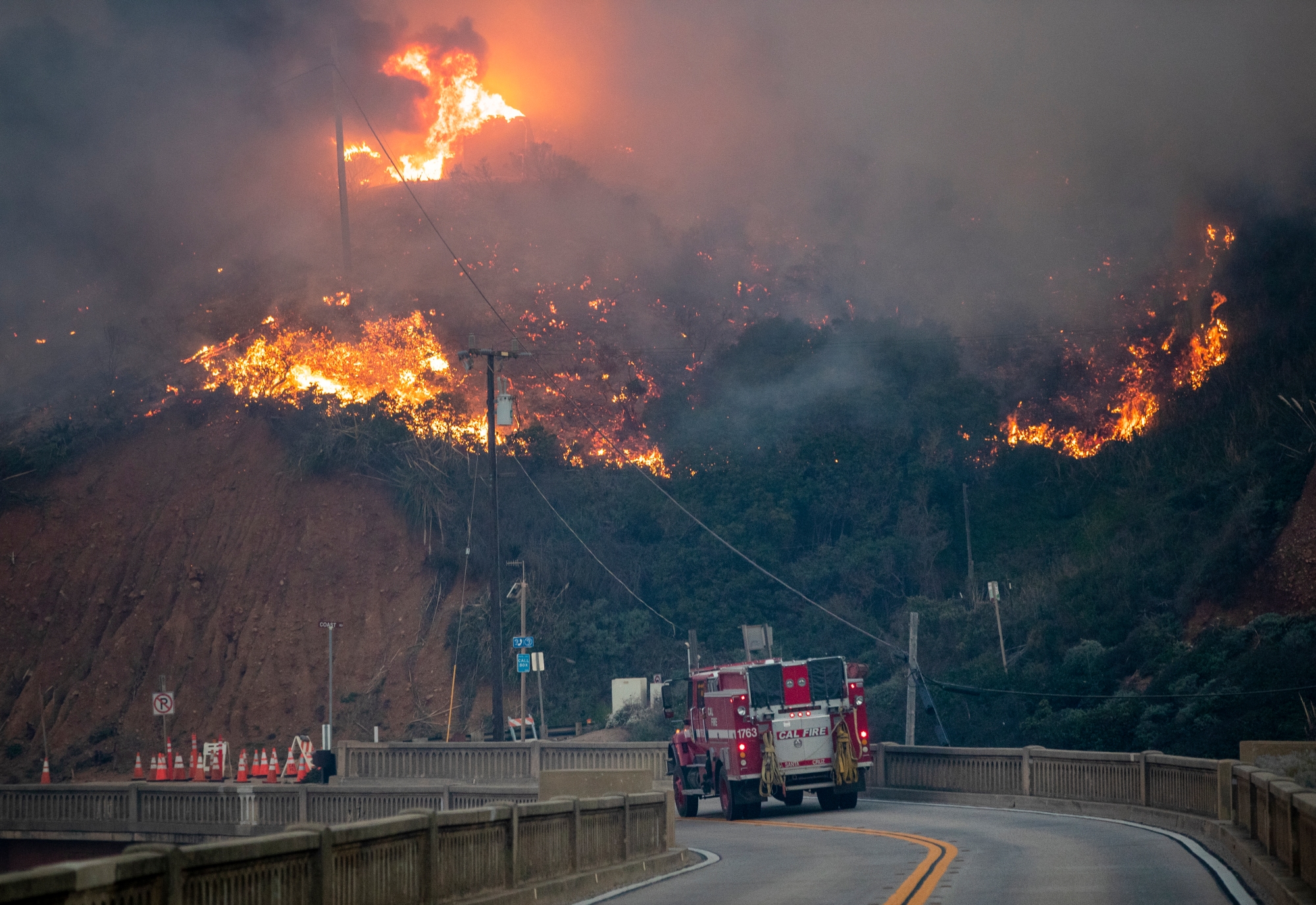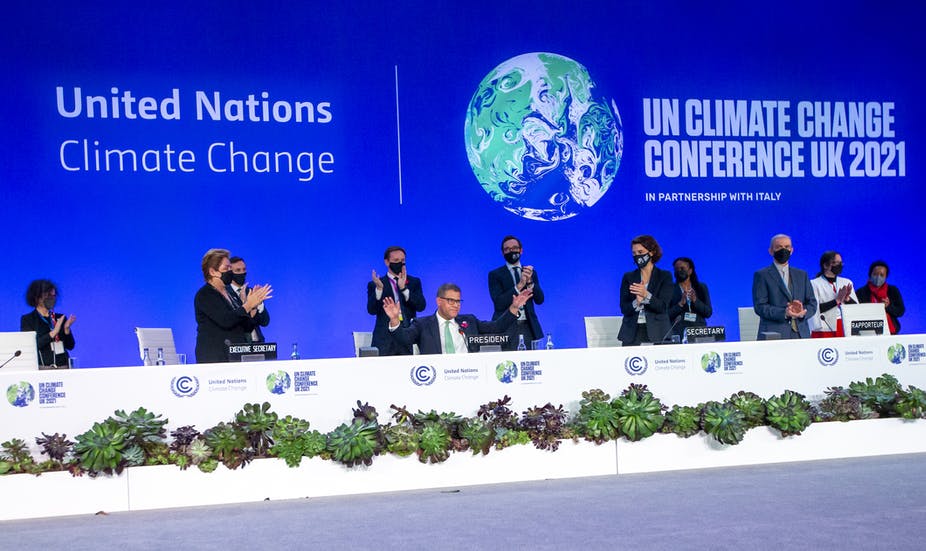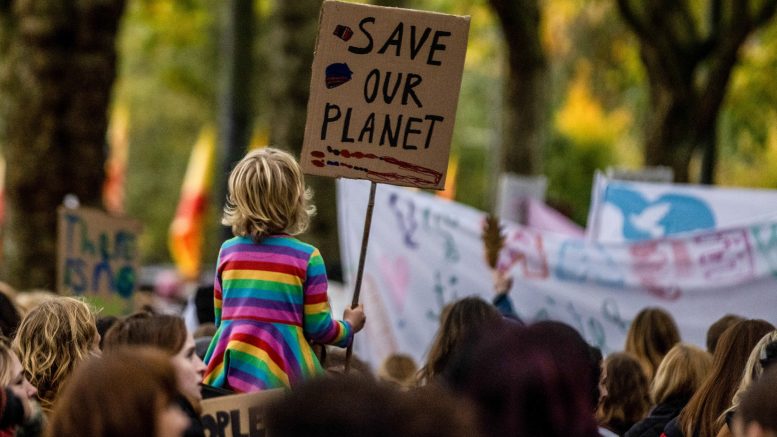On January 22, 2022, a fire broke out over the Big Sur Valley along the central coast of California displacing over 500 local residents and burning around 1,050 acres of California wildlife, according to Cal Fire spokesperson Cecile Juliette.
According to the New York Times, the National Weather Service explained the potential cause of the fire. “Anecdotally it seems as though the long-term drought is acting like a chronic illness where even recent rains and cold winter [weather] isn’t helping to keep fires from developing.”
Even more shocking, however, was a comment made by Cal Fire Division Chief David Hawks regarding the future of California fires. “One thing people need to remember is we’re far from over and I think the last two days of fire have shown people that summer is not over… this is the time of the year that it just takes one catalyzing event, like a strong north wind event that we have had, to really move fire.”
Though it may seem the opposite in other parts of the country, the harsh reality of the Earth’s climate remains true; our weather has become unpredictable. In mid-January, a rare winter fire has proven to be one of the most destructive of the new year. Now begs the question, what does this mean for the future of climate change?

Source: Mercury News | California’s Big Sur fire bordering the famous Bixby Bay Bridge in Monterey County.
“Summer is not over yet…”
With the earth’s average temperature exceeding pre-industrial levels—a reference period between 1850 and 1900 used as a basis for climate change-related temperature measurement—by 1.11°C, 2021 was placed on record as “the 7th consecutive year (2015-2021) where global temperature has been over 1°C above pre-industrial levels,” according to the World Meteorological Organization (WMO). Despite the United Nations’ 2015 Paris Agreement, detailing the global powers’ communal effort strive for a net temperature increase of 1.5°C, the Earth’s climate continues to suffer.
At the most recent UN Climate Change Conference, COP26, all participating nations unanimously agreed on the Glasgow Climate Pact, in which nations will work towards reducing natural gas emissions and, in turn, decrease the growth of atmospheric temperatures to less than 2°C. In addition, 105 world leaders signed the Global Methane Pledge, a joint motion created by the United States and European Union to cut methane emissions by 30% by the year 2030.
Among these were other agreements, acts, and pledges to practice more environmentally conscious farming, reduce fossil fuel dependency, and create zero-emission “green shipping routes.” However, the promises set forth by these countries are just that, promises.
Many of the net-zero pledges made by the top gas-guzzling countries of the world are either legally lax or extremely vague. In an interview with Time Magazine, Oxford associate professor in global public policy Thomas Hale honed in on the four key aspects of an effective net-zero pledge:
- Timeline: the policy’s timeline should be scientifically accurate and achievable. Often times the dates set to achieve climate goals are ideal but not necessarily possible.
- Emission Diversity: targets should seek to prevent the emission of all natural gases, not just carbon dioxide or methane. It is important to remember that there are many components to climate change and that all are being accounted for.
- Detail: net-zero pledges must be more specific, including any and all technologies required to meet the goal and public policies required to enforce the goal. They must also hold some legal weight.
- Reduction vs Offsetting: it is a common occurrence to see wealthier countries attempt to offset their emissions by planting trees or harnessing pollutants to create energy. A good net-zero pact aims to stop climate change at the source, not mold its consequences into so-called solutions.

Source: The Conversation | The announcement of the Glasgow Pact
More details on the flaws of modern climate change agreements can be found on Hale’s long-running project the Net Zero Tracker, which critiques the climate-related pledges of the 2000 largest public companies of the world.
Our Path to Recovery
The improvement of our planet’s health is a direct result of the actions of the governments and major political leaders of today’s global powers. Through lifestyle changes, such as installing solar panels or using public transport, are effective methods of sustainable living, the habits people implement in their day-to-day lives are not as effective as lobbying for systematic change.
To take a step towards a better future, a livable future, is to urge policy reform. It is to urge political powers to make more detailed climate agreements to benefit the Earth’s biospheric health. So far, only sixteen countries follow the minimum standards detailed in Hale’s Oxford study regarding effective zero-emission pacts, allowing for dangerous levels of flexibility in what would otherwise be successful policies. This in turn projects a slim chance of notable success, making COP27 all the more crucial.
And so, in the midst of the Covid-19 pandemic and a grim future full of climate-related disasters, we are at a crossroads of one of the most defining moments in climate history.





Be the first to comment on "Doomsday 2022: A Look Ahead at the Most Critical Year in Climate History"